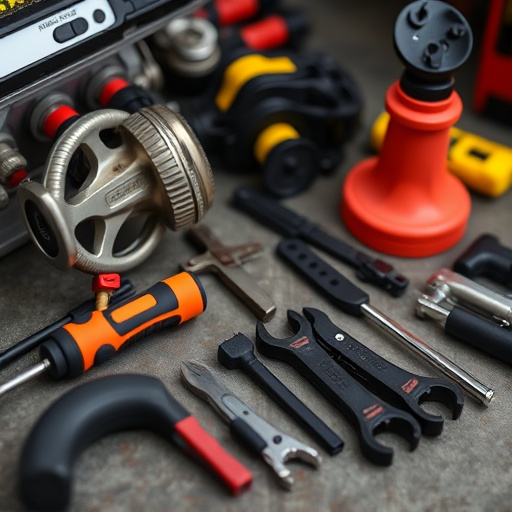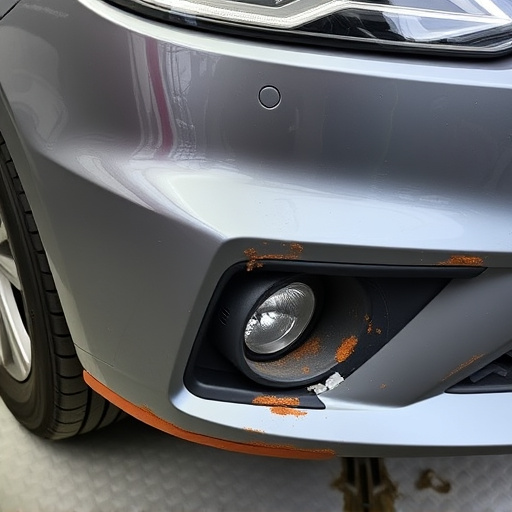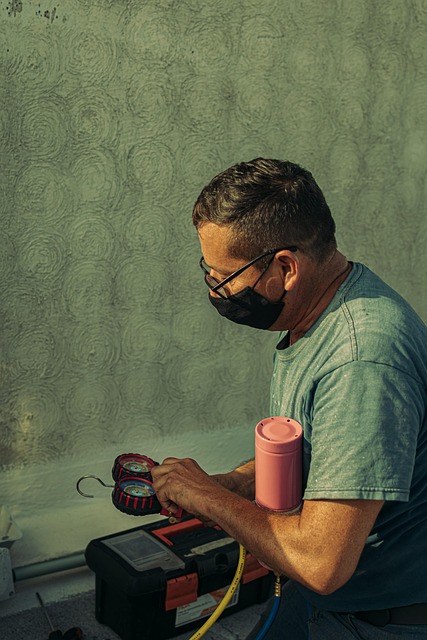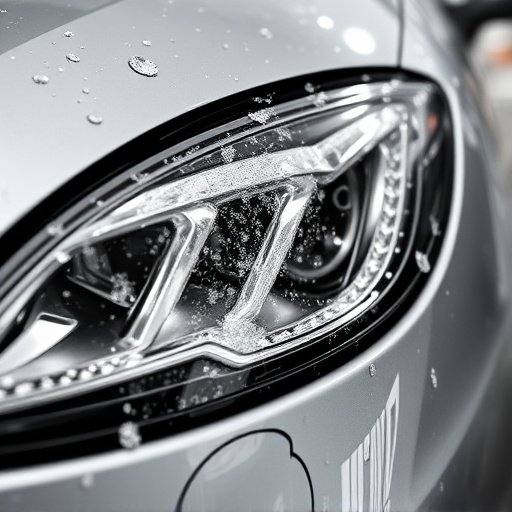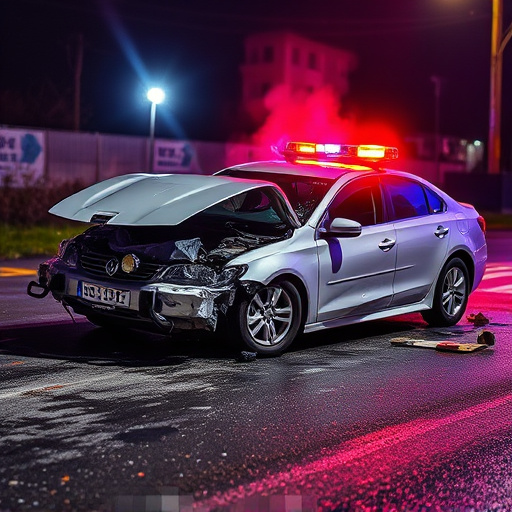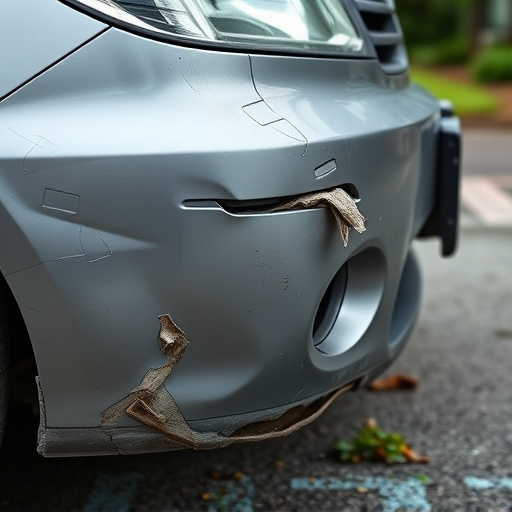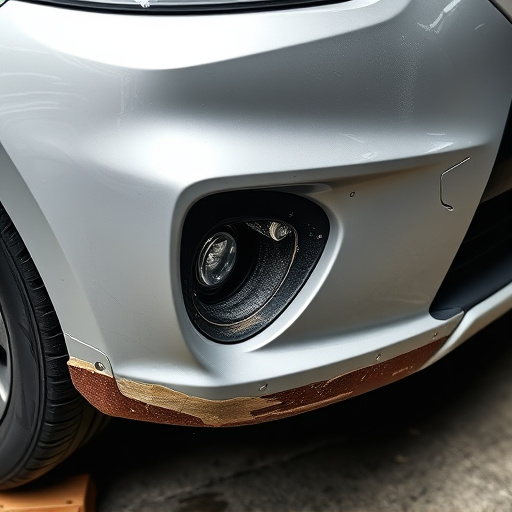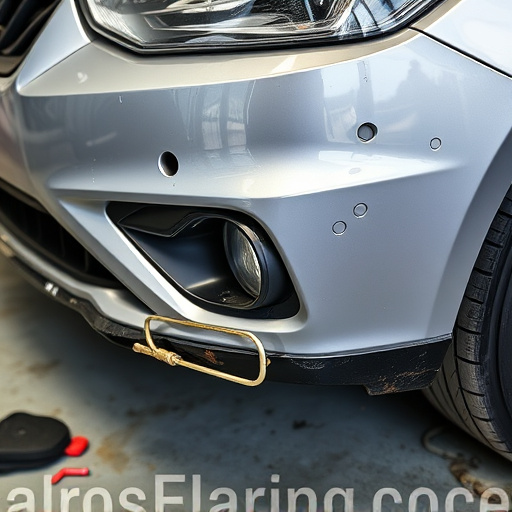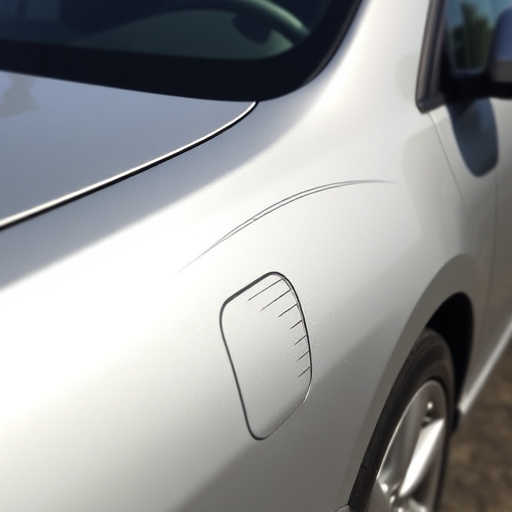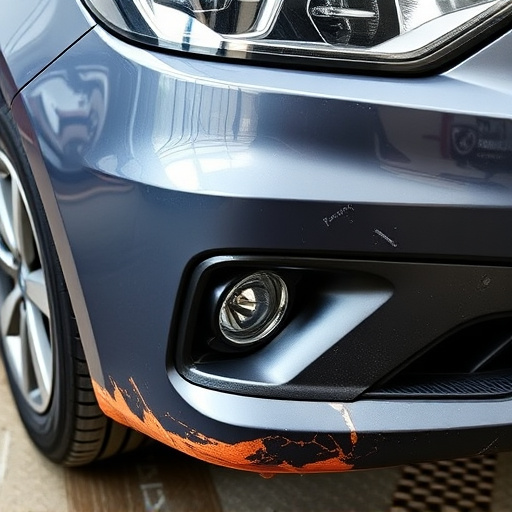Cosmetic vs structural damage in vehicle repairs: cosmetic issues (dents, scratches) affect appearance but not safety, while structural damage (frame bends, collapsed roofs) requires skilled, specialized repair to ensure safety and performance for high-end models like Mercedes Benz or classic cars. Structural damage repair involves advanced techniques, meticulous inspections, and precision engineering to strengthen and stabilize weak points, meeting stringent safety standards.
When faced with building repairs, distinguishing between cosmetic and structural damage is crucial. While cosmetic issues like scratches, dents, or faded paint significantly impact aesthetics, structural damage refers to foundational problems that compromise a structure’s integrity. This article breaks down the basics of these distinct types of damage, explores common causes of cosmetics issues, and highlights the techniques involved in structural repair processes, emphasizing the key differences between them.
- Understanding Cosmetic vs Structural Damage: Basics Explained
- Types and Causes of Cosmetic Damage: What You Need to Know
- Structural Repair Process: Techniques & Key Differences
Understanding Cosmetic vs Structural Damage: Basics Explained
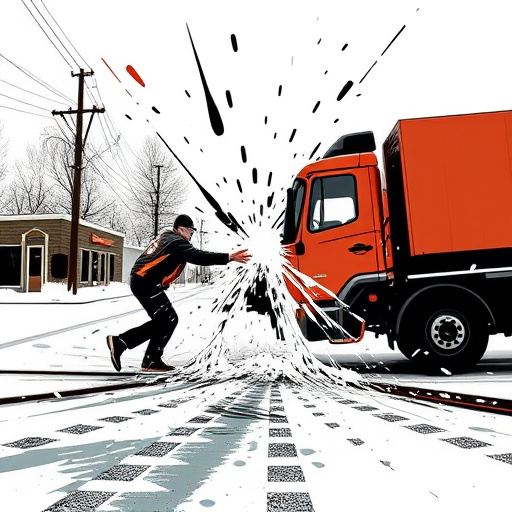
Cosmetic damage and structural damage are two distinct types that require different approaches when it comes to repair. Cosmetic damage refers to the visual aspects of a vehicle, such as dents, scratches, or cracked windshields. These issues don’t compromise the car’s structural integrity but significantly affect its aesthetic appeal. On the other hand, structural damage involves the framework and underlying components of a vehicle, including frame bends, collapsed roofs, or severe suspension damage. This type of damage necessitates precise and skilled repair to ensure the safety and performance of the vehicle.
Understanding the difference is crucial when considering options for mercedes benz collision repair or classic car restoration. For cosmetic issues, techniques like paintless dent repair or glass replacement can restore the vehicle’s appearance. In contrast, structural damage repair demands specialized equipment and knowledge, especially in automotive repair services that cater to complex vehicles. Whether it’s a modern model or a vintage classic, proper attention to both cosmetic and structural aspects ensures the car is not only safe but also retains its value and beauty over time.
Types and Causes of Cosmetic Damage: What You Need to Know
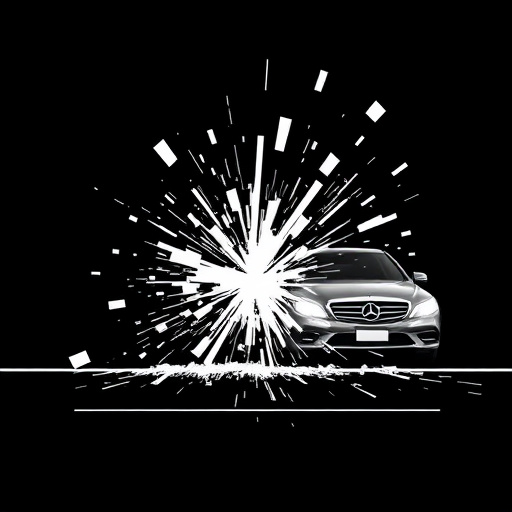
Cosmetic damage, as the name suggests, primarily affects the visual appeal and aesthetics of a property or structure. It encompasses various issues like scratches, dents, cracks, and discoloration on surfaces, which can significantly impact the overall look and value of an asset. Unlike structural damage that poses safety risks, cosmetic problems are more about enhancing the appearance. Common causes include natural elements such as extreme weather conditions, aging, and regular wear and tear. Human activities, including accidents, vandalism, or poor initial construction quality, also contribute to these issues.
While some minor cosmetic repairs can be DIY projects, complex cases often require professional expertise. For instance, car paint repair or automotive restoration is a specialized field addressing cosmetic damage on vehicles. Skilled technicians use advanced techniques and materials for car bodywork, ensuring precision and long-lasting results. Understanding the types and causes of cosmetic damage is crucial when considering structural damage repair, as it helps homeowners and businesses prioritize and budget for necessary renovations.
Structural Repair Process: Techniques & Key Differences
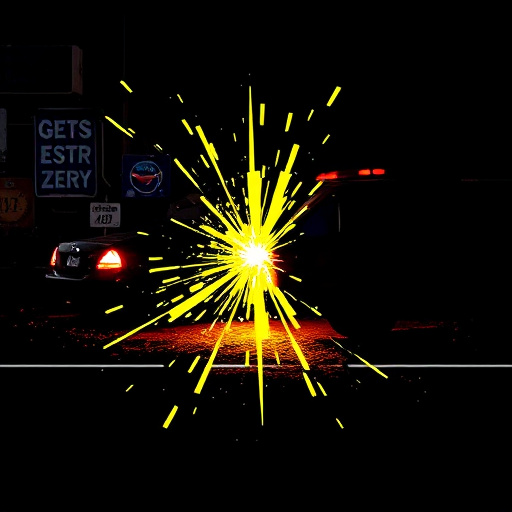
The process of structural damage repair is a meticulous art, often requiring specialized techniques to address the underlying issues that compromise the integrity of a structure. Unlike cosmetic repairs, which focus on enhancing the visual appeal, structural repairs delve into the heart of the problem. This involves thorough inspections, identifying weak points, and implementing solutions tailored to strengthen and stabilize the affected areas. For instance, in automotive body work, skilled technicians might employ advanced welding methods or computer-aided design (CAD) technology to ensure precision when replacing bent panels or damaged frames.
A key difference lies in the level of detail and precision demanded. While scratch repair is a common cosmetic concern, structural damage repair demands a comprehensive understanding of engineering principles. Technicians must consider factors like load distribution, stress points, and material properties to ensure the repaired area can withstand environmental stresses without compromising overall structural integrity. This meticulous approach is especially crucial in auto body repair, where safety standards are stringent, ensuring vehicles return to their pre-incident condition both aesthetically and functionally.
When repairing a property, distinguishing between cosmetic and structural damage is crucial. While cosmetic issues enhance aesthetics, structural repairs address integral components ensuring the building’s safety and longevity. Understanding these differences enables homeowners and contractors to prioritize effectively, choosing the right techniques for each type of damage. For comprehensive structural damage repair, professional expertise is essential to ensure a secure and stable environment.
